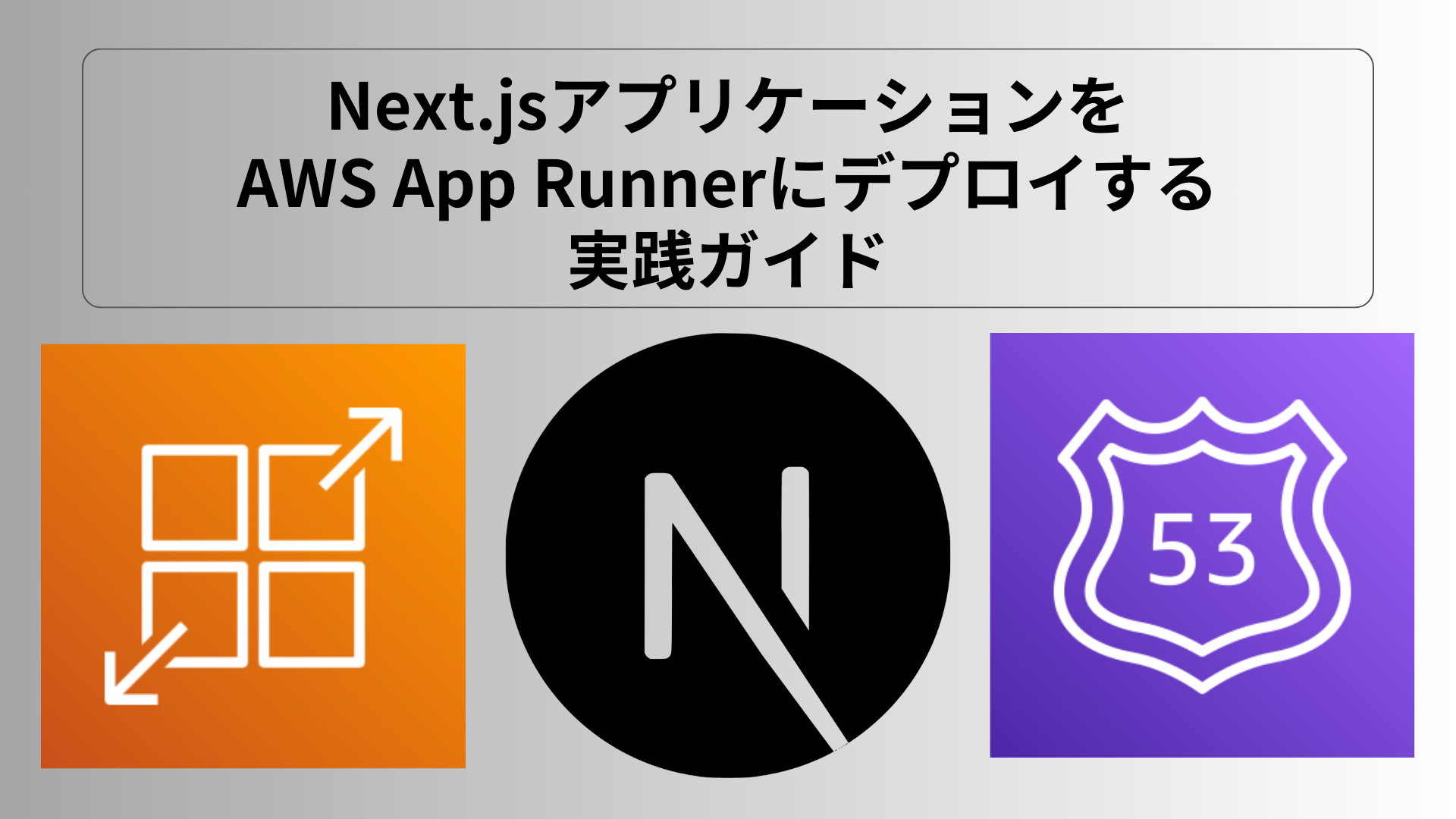こんにちは、エンジニアのリリアンです。
過去の記事(Kamailioとはなにか)でKamailio SIP Serverについて、ご紹介しました。今回は、CentOS 7を利用してKamailioを構築する手順をまとめようと思います。
目次
前提条件
- CentOS 7
- Kamailio 5.4
- MariaDB
インスタンスを作成
AWSでKamailioをインストールので、まずはEC2のCentOS7のインスタンスを作成します。
MariaDBをインストール
事前設定
インスタンスの作成が完了すれば、MariaDBをインストールします。
Databaseをインストール前に、以下のモジュールを無効にしましょう。
・SELinuxを無効にします。
|
1 2 3 4 5 6 |
# sudo setenforce 0 # sudo sed -i 's/^SELINUX=.*/SELINUX=disabled/g' /etc/selinux/config # sudo reboot → SELinuxステータスを確認 # sestatus |
・EC2のセキュリティーグループを使うので、IPtablesとFail2banも無効にします。
|
1 2 3 |
# sudo systemctl stop fail2ban # sudo systemctl disable fail2ban # sudo systemctl status fail2ban |
|
1 2 3 |
# sudo systemctl stop iptables # sudo systemctl disable iptables # sudo systemctl status iptables |
MariaDB Database server
次、MariaDB Database serverをインストールします。
|
1 2 3 4 |
sudo yum -y install mariadb-server sudo systemctl enable --now mariadb sudo systemctl status mariadb sudo mysql_secure_installation |
以下のように設定します。
|
1 2 3 4 5 6 7 8 9 10 11 12 13 14 15 16 17 18 19 20 21 22 23 24 25 26 27 28 29 30 31 32 33 34 35 36 37 38 39 40 41 42 43 44 45 46 47 48 49 50 51 52 53 54 55 56 57 58 |
NOTE: RUNNING ALL PARTS OF THIS SCRIPT IS RECOMMENDED FOR ALL MariaDB SERVERS IN PRODUCTION USE! PLEASE READ EACH STEP CAREFULLY! In order to log into MariaDB to secure it, we'll need the current password for the root user. If you've just installed MariaDB, and you haven't set the root password yet, the password will be blank, so you should just press enter here. Enter current password for root (enter for none): OK, successfully used password, moving on... Setting the root password ensures that nobody can log into the MariaDB root user without the proper authorisation. Set root password? [Y/n] y New password: Re-enter new password: Password updated successfully! Reloading privilege tables.. ... Success! By default, a MariaDB installation has an anonymous user, allowing anyone to log into MariaDB without having to have a user account created for them. This is intended only for testing, and to make the installation go a bit smoother. You should remove them before moving into a production environment. Remove anonymous users? [Y/n] y ... Success! Normally, root should only be allowed to connect from 'localhost'. This ensures that someone cannot guess at the root password from the network. Disallow root login remotely? [Y/n] y ... Success! By default, MariaDB comes with a database named 'test' that anyone can access. This is also intended only for testing, and should be removed before moving into a production environment. Remove test database and access to it? [Y/n] y - Dropping test database... ... Success! - Removing privileges on test database... ... Success! Reloading the privilege tables will ensure that all changes made so far will take effect immediately. Reload privilege tables now? [Y/n] y ... Success! Cleaning up... All done! If you've completed all of the above steps, your MariaDB installation should now be secure. Thanks for using MariaDB! |
MariaDBのインストールは完了です。
Kamailioをインストール
事前準備
必要なパッケージをインストールします。
|
1 2 3 |
sudo yum -y update sudo yum -y groupinstall core sudo yum -y groupinstall base |
Kamailio PRMリポジトリを追加
/etc/yum.repos.dで kamailio.repoを作って、以下の内容をkamailio.repoにコピペします:
|
1 2 3 4 5 6 7 8 9 10 11 12 13 14 15 16 17 18 19 20 21 22 23 24 25 26 27 28 29 30 31 32 33 34 35 36 37 38 39 40 41 42 43 44 45 46 47 48 49 50 51 52 53 54 55 56 57 58 59 60 61 |
[kamailio] name=Kamailio - latest - Packages for the Kamailio latest release baseurl=https://rpm.kamailio.org/centos/$releasever/latest/$basearch/ enabled=1 metadata_expire=30d repo_gpgcheck=1 gpgkey=https://rpm.kamailio.org/rpm-pub.key type=rpm skip_if_unavailable=True [kamailio-master] name=Kamailio - master - Developmental packages for the next Kamailio release baseurl=https://rpm.kamailio.org/centos/$releasever/master/master/$basearch/ enabled=0 metadata_expire=12h repo_gpgcheck=1 type=rpm gpgcheck=1 gpgkey=https://rpm.kamailio.org/rpm-pub.key skip_if_unavailable=True [kamailio-5.4] name=Kamailio - 5.4 - Packages for the latest Kamailio 5.4 release baseurl=https://rpm.kamailio.org/centos/$releasever/5.4/5.4/$basearch/ enabled=0 metadata_expire=30d repo_gpgcheck=1 gpgkey=https://rpm.kamailio.org/rpm-pub.key type=rpm skip_if_unavailable=True [kamailio-5.4.2] name=Kamailio - 5.4.2 - Packages for the Kamailio 5.4.2 release baseurl=https://rpm.kamailio.org/centos/$releasever/5.4/5.4.2/$basearch/ enabled=0 metadata_expire=30d repo_gpgcheck=1 gpgkey=https://rpm.kamailio.org/rpm-pub.key type=rpm skip_if_unavailable=True [kamailio-5.4.1] name=Kamailio - 5.4.1 - Packages for the Kamailio 5.4.1 release baseurl=https://rpm.kamailio.org/centos/$releasever/5.4/5.4.1/$basearch/ enabled=0 metadata_expire=30d repo_gpgcheck=1 gpgkey=https://rpm.kamailio.org/rpm-pub.key type=rpm skip_if_unavailable=True [kamailio-5.4.0] name=Kamailio - 5.4.0 - Packages for the Kamailio 5.4.0 release baseurl=https://rpm.kamailio.org/centos/$releasever/5.4/5.4.0/$basearch/ enabled=0 metadata_expire=30d repo_gpgcheck=1 gpgkey=https://rpm.kamailio.org/rpm-pub.key type=rpm skip_if_unavailable=True |
Kamailio SIP Serverをインストール
リポジトリを追加したら、CentOS 7に Kamailio SIP Server をインストールします。
|
1 |
sudo yum install kamailio kamailio-presence kamailio-mysql |
/usr/lib/systemd/system/kamailio.serviceの内容を確認します。 kamailio.serviceが存在しない場合、以下の内容で作りましょう:
|
1 2 3 4 5 6 7 8 9 10 11 12 13 14 15 16 17 18 |
[Unit] Description=Kamailio (OpenSER) - the Open Source SIP Server Wants=network-online.target After=network-online.target [Service] Type=simple User=kamailio Group=kamailio Environment='CFGFILE=/etc/kamailio/kamailio.cfg' Environment='SHM_MEMORY=64' Environment='PKG_MEMORY=4' EnvironmentFile=-/etc/sysconfig/kamailio ExecStart=/usr/sbin/kamailio -DD -P /run/kamailio/kamailio.pid -f $CFGFILE -m $SHM_MEMORY -M $PKG_MEMORY Restart=on-failure [Install] WantedBy=multi-user.target |
Databaseを起動します。
|
1 |
# sudo systemctl start mariadb.service |
vim /etc/kamailio/kamctlrcを実行して、以下の項目を変更します:
|
1 2 3 4 5 6 7 |
# SIP_DOMAINをKamailioのサーバーIPに変更する。例: SIP_DOMAIN=111.222.123.123 # コメントアウトを外す DBENGINE=MYSQL # DBRWPWは後で使うので、メモします。 |
Kamailio databaseを作成します。
|
1 |
sudo kamdbctl create |
MySQL root パスワードの入力を求められたら、mysql_secure_installation で作成された MySQL root ユーザーのパスワードを入力します。
すべての質問にYesで答えます。
続いて、Kamailio設定ファイルを編集します。
|
1 2 3 4 5 6 7 8 |
sudo vim /etc/kamailio/kamailio.cfg → `listen=`の内容を変更する。 → udpはプライベートIP、advertiseはパブリックIPを設定する。 listen=udp:xxx.xxx.xxx.xxx:5060 advertise yyy.yyy.yyy.yyy:5060 → 以下の行もkamailioサーバーのパブリックIPに変更します。 modparam("dispatcher", "ds_ping_from", "sip:proxy@yyy.yyy.yyy.yyy") |
Kamailioを起動します。
|
1 |
sudo systemctl start kamailio |
自動起動の設定
|
1 |
sudo systemctl enable kamailio |
設定反映はKamailioを再起動する必要があります。
|
1 |
sudo systemctl restart kamailio |
おわりに
ここまで、Kamailioのインストール完了しましたが、いかがでしたでしょうか。また機会があれば、Kamailioのサーバーでdispatcherの設定と確認手順を紹介します。是非、ご参考にしていただければ幸いです。
- Asteriskワーニング:Autodestruct on dialog - 2022-03-02
- Kamailioを設定しましょう - 2021-07-02
- AWSでKamailioを構築 - 2021-06-13
- XCALLYでVoice botを作ってみました【Dialogflow×AWS Polly×GoogleASR】 - 2020-12-01
- Creating Simple Graph/Table for XCALLY agent in Grafana - 2019-09-04
【採用情報】一緒に働く仲間を募集しています









